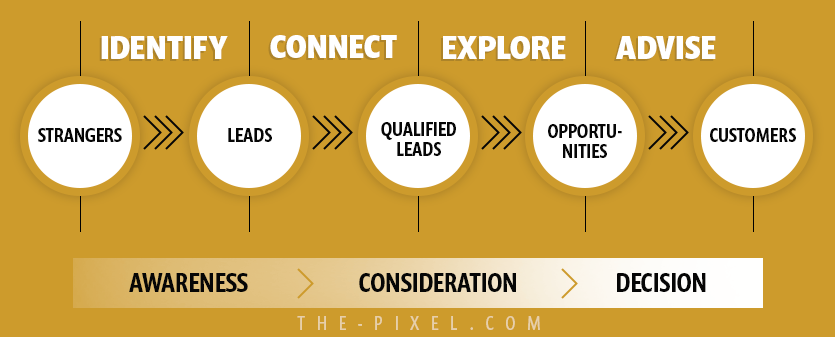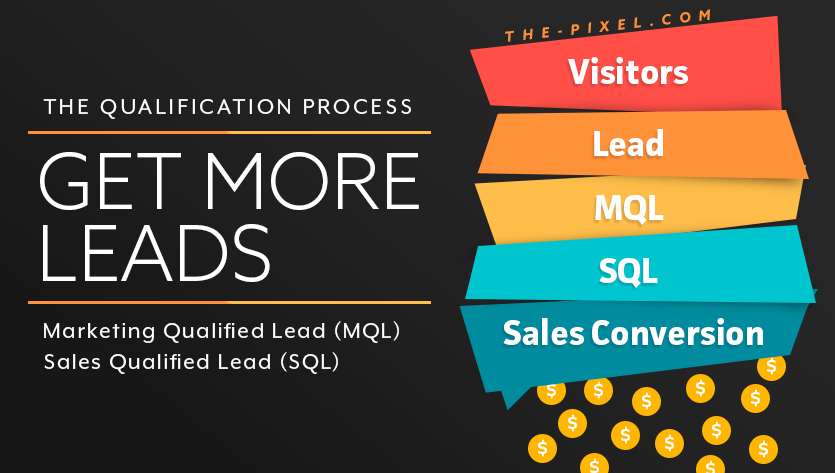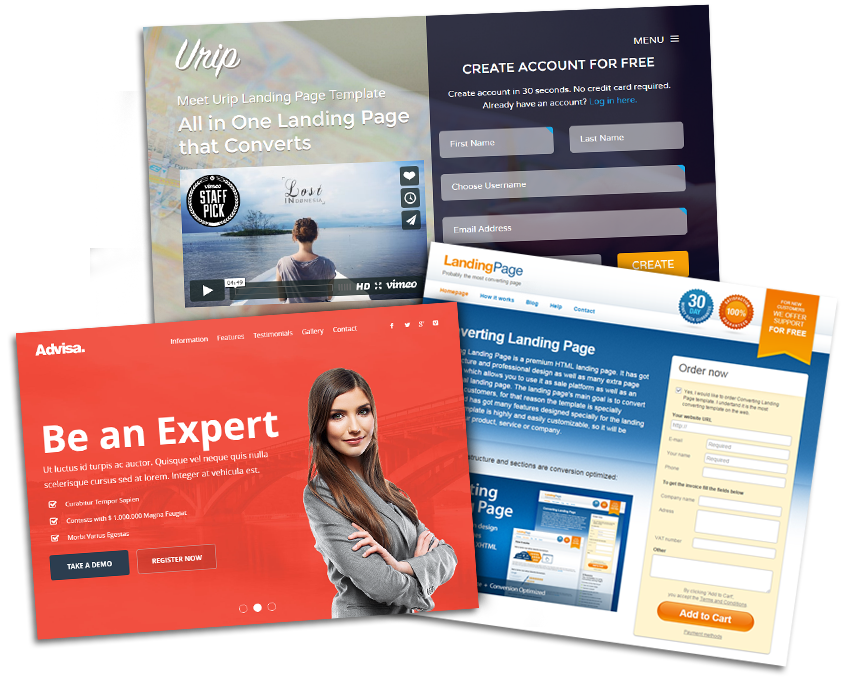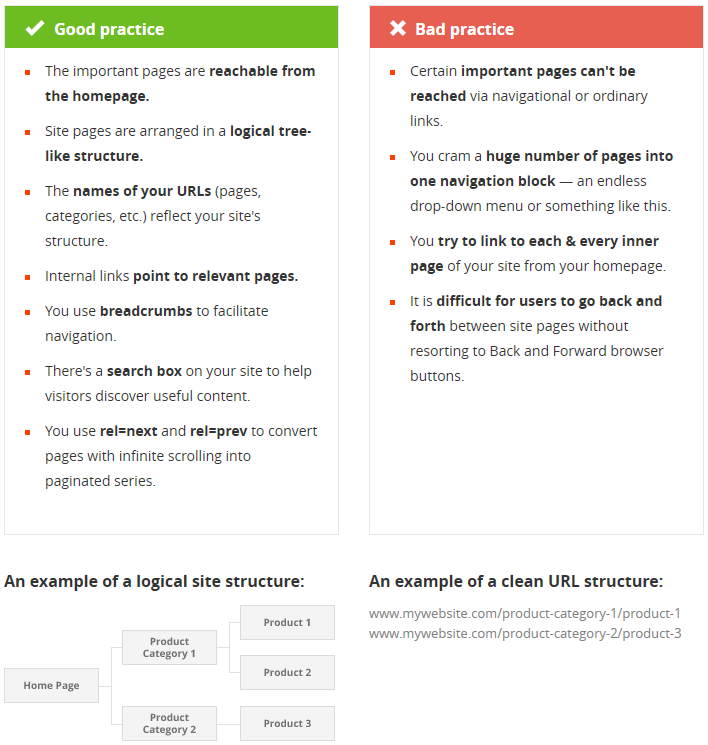What is Lead Generation
What is Lead Generation
Lead generation is a series of actions that serve to create more leads for your business
There are two kinds of people in the world. Those who go all out in their effort to get the job done, and those who coast along on the law of least effort. Those who chase after opportunities, and those who wait for opportunities to come to them. All our lives we’ve been told it’s better to be the first kind, but what if for once there was nothing wrong with waiting for things to happen?
That’s the idea behind lead generation strategies. Lead generation is a key part of an inbound marketing strategy aiming to naturally draw Internet users to your website by offering them relevant targeted content. Learn how-to generate leads with digital marketing.
In this article, we’ll learn exactly what lead generation is and why this strategy is so important for companies.
What is lead generation?
Lead generation is a series of actions that serve to create more qualified leads for your business. It’s a particularly common technique in B2B marketing.
Basically, it’s a strategy that allows a company to target customers and collect their personal data. Once the company has captured their interest and accessed their data, that lead advances to a “nutrition” stage known as lead nurturing. Imagine you have a chicken you care for and feed until it lays an egg. Well, it’s kind of the same thing with those potential customers.
What’s a lead?
The term “lead” refers to a kind of business contact that can be turned into a sales opportunity. That is, someone who visits your website and leaves you their personal data.
But don’t confuse leads with potential customers. The difference between them is in the degree of contact. A lead is someone who’s simply expressed an interest in the company, for example at a trade fair or by downloading a guide from your website. A lead can be considered a potential customer when a member of the sales team has made contact with them.
Before becoming a customer, the person has to go through a qualification cycle, known as the lead cycle. This will allow you to see where along the process they are and how best to nurture that lead. This cycle consists of five steps:
Unqualified lead, MQL lead, SQL lead, Sales opportunity, Customer
A company’s ability to distinguish between these two levels of qualification is essential for improving lead conversion and optimizing the work done by the marketing and sales teams.

Marketing Qualified Lead (MQL)
A Marketing Qualified Lead (MQL) is someone who corresponds to the target and has expressed interest in the company or its products or services in some way. For example, it could be someone who’s downloaded a guide from your website or signed up for one of your webinars.
An MQL is a lead the marketing team has to nurture before passing it on to the sales team. Later in this article we’ll talk about how the marketing team can nurture a lead (spoiler alert: it’s email marketing).
Sales Qualified Lead (SQL)
A Sales Qualified Lead (SQL) is an MQL that has reached a certain level of maturity. That is, if the lead was a chicken, it would already be close to laying its first egg, either because we’ve nurtured it or because it’s ready on its own.
An SQL is a lead that sales teams see as an interesting prospect and has the potential to become a customer. Some leads are almost automatic SQLs, while others have to be nurtured for a while before they reach that point.

Why is lead generation so important?
According to a Pinpoint Market Research study, 93% of B2B buying cycles start with an Internet search. So it’s crucial to be visible from the moment the customer starts shopping.
Today, implementing a lead generation strategy is essential for your company’s sales team to optimally do their job. Plus, financially speaking, lead generation, which is based on an inbound marketing strategy, is much cheaper than other classic techniques, such as TV advertising, for example.
Another real advantage: this strategy allows you to measure how many leads actually turn into business opportunities. So you’ll get an accurate measurement of the return on investment of your lead generation strategy and you can identify ways to optimize your sales strategy to improve results
Lead Generation Techniques
Generating more leads is the first step to increasing sales. If you’re looking for ways to increase the number of leads reaching your sales funnel, here are three proven strategies.
Create specific landing pages
Generating more leads is the first step to increasing sales. If you’re looking for ways to increase the number of leads reaching your sales funnel, here are three proven strategies.
A landing page is a dedicated page created specifically as part of a marketing campaign (for example, an email campaign or Google Ad). The ultimate goal of a landing page is to inspire people to take a concrete action: sign up for one of your events (webinars, breakfasts, workshops, etc.) or download one of your latest materials (guides, white papers, customer case studies, etc.). So landing pages are key elements for the success of your lead generation strategy.
The number one rule of an ideal landing page is that it should focus on a single theme and offer just one thing to your audience. To keep your future lead focused, make sure you clearly offer one attractive thing, with a prominent call-to-action button. The landing page must be compelling enough to convince the visitor to enter their personal data in exchange for your content. The clearer, more optimized and relevant your landing page is, the more chances you’ll get to generate qualified leads.

Invest in SEO
Search engine optimization or SEO is a set of techniques used to position a website in the top organic results of Internet search engines. While SEO is not a lead generation strategy per se, it’s an extremely important driver for creating leads, both qualitatively and quantitatively.
To use SEO effectively, you first have to understand users’ intentions. This way you can identify the keywords used by people ready to buy when they search for your product or service. You can also optimize your website content for those users.
Currently, most Internet searches are done with “long-tail” keywords. Semantic search is becoming increasingly popular, so targeting long-tail keywords in your SEO strategies is crucial to turning traffic into potential customers. Although these terms might have a fairly low search volume, they can attract highly targeted traffic that converts quickly.

Value-added Content
Brian Clark, founder of Copyblogger.com, says: “Give something valuable away in order to sell something related.” This is the idea behind side projects. Side project marketing is a mix of content marketing and advertisement.
As Clark points out, this strategy involves developing projects parallel to your day-to-day business to provide free, value-added content to Internet users. The main goal behind these side projects is to generate a significant volume of leads in order to later sell a product or service connected to those potential customers.
There are many examples of side project marketing to inspire you. For example, have you heard of the stock photo site Unsplash? At first, Unsplash started out as a tool for generating leads. Now the platform offers a collection of fantastic high-resolution photos for free to millions of users around the world.
Lead generation and email marketing
As we already explained, an MQL is a lead the marketing team has to nurture before turning it into an SQL to be transmitted to the sales team with a lead nurturing strategy. To nurture these leads and drive them toward a purchase, they need to be regularly supplied with appropriate content. That’s where email marketing comes in.
Email marketing is the most effective way to keep leads engaged until they show a clear interest in your product or service. The big question is how to deal with a huge volume of leads in different stages of the conversion funnel. To manage this, it’s essential to break down your leads according to their profile, interests and behavior.
With email marketing, you can send the right message at the right time to get the lead to take the next step in the conversion funnel. There are several things marketers should keep in mind when designing their lead nurturing marketing emails.
- Email Subject: Choose a subject that clearly identifies your lead’s needs and add a tag so that their name appears in the subject line. The goal is for the person to feel like they’re receiving a personal message.
- Email Body: The text of the email should be short and compelling. Never forget that people get tons of email every day. You have to get straight to the point to attract your lead’s attention.
- Call-to-Action: The call-to-action (CTA) is a button that prompts the user to take action. To get your potential customers to move forward in the sales funnel, you have to sell your product or service. To do this, put striking, visible CTAs in your emails that entice users to view more of your company’s content.
- Social media: Any self-respecting marketing specialist wants their readers to share their content on social media. The best way to get people to share is to include social networking links in your emails.
Summing Up: Lead Generation Strategies
Lead generation is an integral part of an inbound marketing strategy. Here are three techniques to generate leads:
- Create specific landing pages as part of your marketing campaigns. To keep your future lead focused, make sure you clearly offer one thing linked to a prominent call-to-action button. The clearer, more optimized and relevant your landing page is, the more chances you’ll get to generate qualified leads.
- Invest in SEO, a great way to create leads, both qualitatively and quantitatively. To use SEO effectively, you first have to understand users’ intentions. By including the keywords used by people eager to buy your product or service, you will attract highly targeted traffic that converts quickly.
- Develop marketing side projects alongside your everyday business to offer value-added free content to Internet users. This will allow you to generate a significant number of leads in order to later sell your product or service to those potential customers.
And once you have your leads, don’t forget the importance of email marketing to turn them into sales. Educating potential customers and nurturing them with valuable content is the best way to turn your MQLs into SQLs ready for the sales team to work their magic.
Hire ThePixel to build your next website!
Since our founding in 2008, we’ve created and launched many types of business websites. Over the last decade and we’ve learned a thing or two! That’s why we’re masters of our craft, let us help you build the website of your dreams – one that generates traffic, leads and conversions.
Are you ready to start? If yes, contact ThePixel and one of our representatives will guide you through the website phases and how the process works either by a Zoom Meeting or phone.


